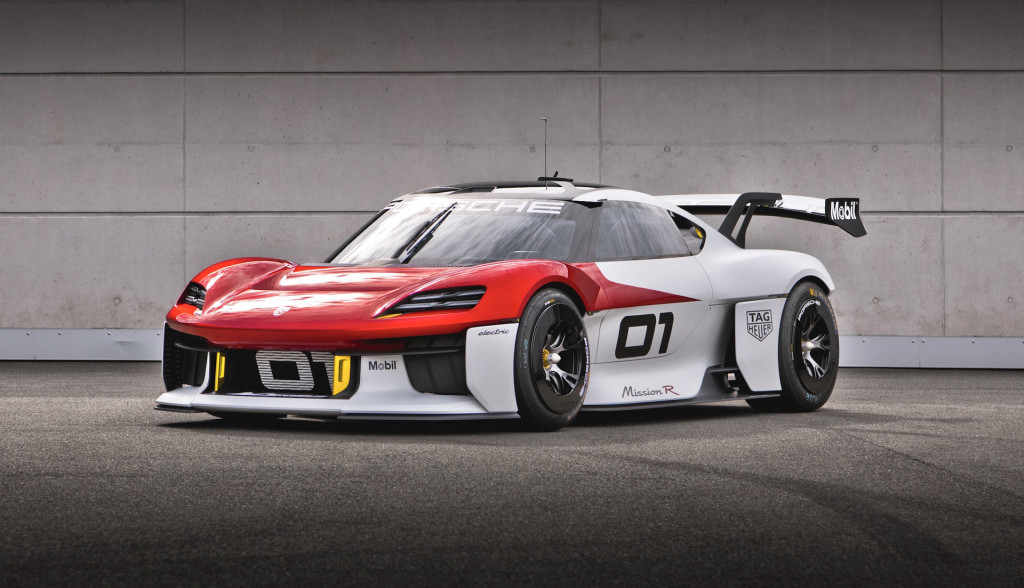Porsche’s Approach to One-Pedal Driving in EVs
Porsche has made a deliberate decision not to incorporate one-pedal driving in its current lineup of electric vehicles, a choice that will extend to the upcoming electric versions of the 718 Boxster and Cayman models.
In a recent interview with Autocar, Porsche’s Research and Development head, Michael Steiner, emphasized the importance of providing drivers with maximum control and confidence behind the wheel.
Steiner highlighted the preference of race drivers for a system that allows for seamless control of recuperation and braking on a single pedal, as opposed to a one-pedal setup. According to Steiner, this integrated approach enhances the driver’s sense of stability and trust in the car, especially during cornering maneuvers.

2025 Porsche 718
Porsche’s current strategy, as exemplified in models like the Taycan and Macan Electric, focuses on regenerative braking through the brake pedal exclusively. By utilizing kinetic energy efficiently for deceleration, Porsche believes this approach optimizes performance. Steiner reiterated that this method prioritizes driver control and awareness.
According to Steiner, having all braking functions integrated into the brake pedal enables drivers to modulate braking effectively and perceive the car’s response to different road conditions. This level of control, Porsche argues, surpasses the capabilities of a one-pedal system that limits driver intervention.

Porsche Mission R concept
Set to debut in 2025 as 2026 models, the electric variants of the 718 Boxster and Cayman will replace their gasoline counterparts as Porsche’s entry-level sports cars.
Recent spy shots suggest that the electric 718 models will retain the familiar proportions of the gasoline versions while incorporating design elements from other electric Porsche models. Features inspired by the Mission R concept, such as a T-shaped battery pack and high performance capabilities, are anticipated to be part of the production models.

